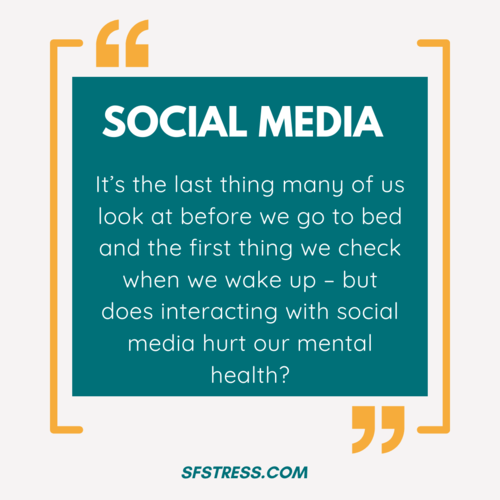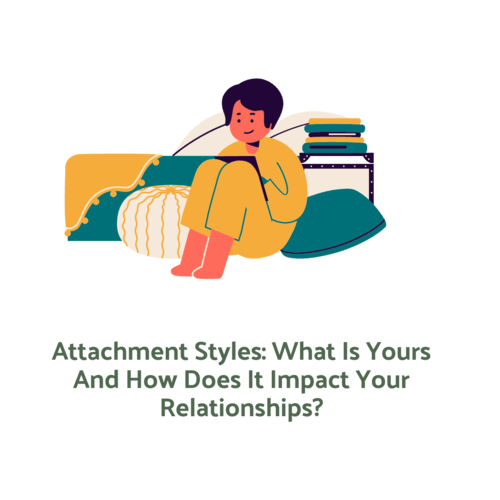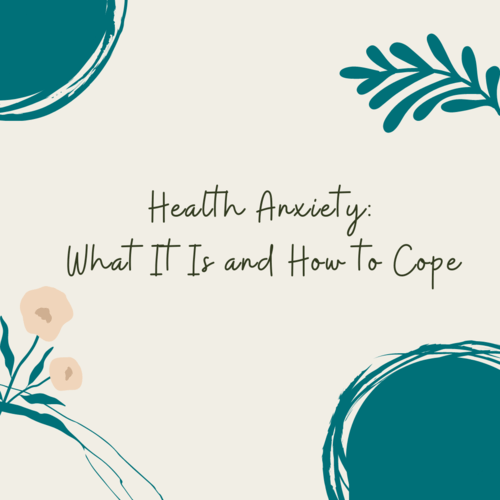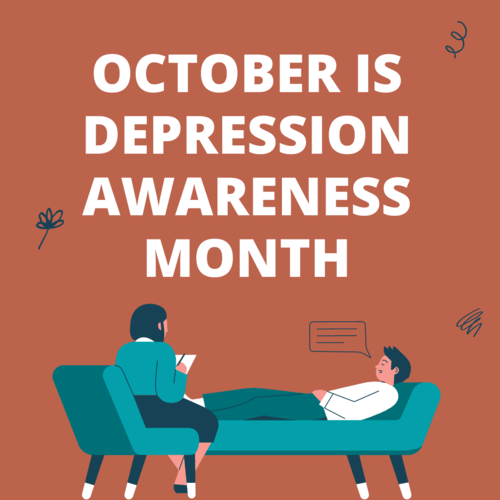Social media has become such a big part of our lives; we sometimes don’t even realize how much time we spend scrolling through our feeds. It’s the last thing many of us look at before we go to bed and the first thing we check when we wake up – but does interacting with social media hurt our mental health?
A recent finding published in the Journal of Mental Health found that 70 studies conducted over the last ten years to examine how social media affects mental health came back with differing conclusions. Some studies found social media to have a positive impact on people’s lives, while others warned against the possible connection between social media and depression or anxiety.
Ultimately, the study found that social media does affect mental health. Whether it’s a positive or negative impact is determined by how the individual uses the platforms. Finding a balance and developing healthy habits for using social media is essential for making sure it has a positive presence in your life.
THE PROS AND CONS OF SOCIAL MEDIA
There are definite benefits of using social media. Platforms such as Facebook, Instagram, and Pinterest can enable communication skills and social connections, as well as be a source of inspiration and motivation.
Social media is also particularly useful as a business tool with regards to marketing a brand. Especially during a time when social distancing and various restrictions have limited other forms of connections.
Another huge benefit of social media is the ability to raise awareness about important issues and share news about trending matters.
But how much is too much?
The addictive action of constant scrolling can be detrimental to the human psyche in several ways. With a constant barrage of information, both visual and descriptive, it’s easy to get caught up in comparisons. This has shown to have a negative impact on self-esteem, sometimes leading to suicidal thoughts and self-harm.
Social media can also have a negative impact in other ways. With a large amount of information available at your fingertips, you may find that your attention span has decreased, as well as your ability to sleep peacefully through the night.
The obsession with the virtual world can also result in disconnection in the real world. This puts a strain on relationships and can trigger feelings of anxiety and loneliness.
Are You Or A Loved One Being Impacted By Social Media?
There are a few indicators that may give you a clue about the handle that social media has on your life, all of which can add to the development of depression.
Perceived Social Isolation
Studies have shown that there’s a correlation between the amount of time spent on social media and perceived social isolation (PSI). When users spend more time engaging in the virtual world, they can forget how to engage in real-world encounters.
Lowered Self-Esteem
With a constant influx of picture-perfect people living in an ideal world, it’s very easy to play the comparison game. But many don’t realize that these images are curated and the bar for success is set unrealistically high.
Less Physical Activity
When social media becomes an addiction, it can take time away from doing other physical activities. In turn, this removes the release of endorphins that are brought about from healthy activity. The dopamine burst comes from a notification, and this addiction is neither reliable nor healthy.
Decreased Concentration
Social media platforms are not only addictive, but they are also distracting. The constant need to engage, get likes, and consume information can distract from more important activities such as learning.
Sleep Deprivation
Research has shown that up to 60% of teenagers and adults use their screens right before bed. This can have a negative impact on the ability to sleep – because of the blue light and influx of information. Sleep deprivation is one of the biggest contributions to depression.
How to Protect Your Mental Health
- Schedule time to use social media and times to step away.As with most things, balance is the key to having healthy habits on social media. You can set aside time when you can surf the web, and times when you log off and ignore notifications. It is particularly important when you’re spending time with friends or family and before you go to sleep. It may be helpful to use an old-fashioned alarm clock to wake up in the morning, so you can leave your phone in the other room when it’s time to go to bed.
- Be clear about what your purpose is when logging onto a social media site and stick to it. We’ve all gone online to check the time of a birthday party next week and found ourselves, an hour later, watching video after video. Be thoughtful about why you’re logging into a site and then make sure you sign off when you’re finished. This will also make sure you’re using social media the way you want – to connect with friends or get updates on your favorite band – without letting what other people are posting take over.
- Use other people’s posts as inspiration rather than comparison. Seeing other people broadcast their successes and post magazine-perfect moments of their lives might make your daily life pale in comparison. But remember that these moments aren’t representative of someone’s whole life, and the person posting them is probably struggling with a lot of the same things you are. Looking at these posts as inspiration for you to work toward your own goals, rather than directly comparing your daily life to their Instagram, is a healthier way to view posts on social media. It’s also good to be selective about who you follow. If someone’s posts consistently make you feel bad about yourself or get you frustrated, then consider unfriending or unfollowing that person.
- Think before posting.Likewise, think about what you’re sending out to the world. Before you hit send on a post, consider whether it’s spreading positivity. You can help make your feed an encouraging place to be by avoiding trolls or online arguments and fostering a community of support and positivity among your friends or followers – at least on your page.
- Put your mental health first.Check in with yourself and if you’re feeling down, maybe go outside for a walk or grab coffee with a friend rather than spending time online. If getting notifications throughout the day makes you feel stressed or anxious then it would be a good idea to delete the social media apps from your phone or disable push notifications, so you only see alerts when you sign in manually.
Being on social media can help enhance your social life, but it can also easily become an additional stressor, and potentially exacerbate symptoms of anxiety or depression. Using some of these tips can help you create healthy social media habits that create balance in your life, protect your mental health, and make your social media use a positive force rather than a negative one.





